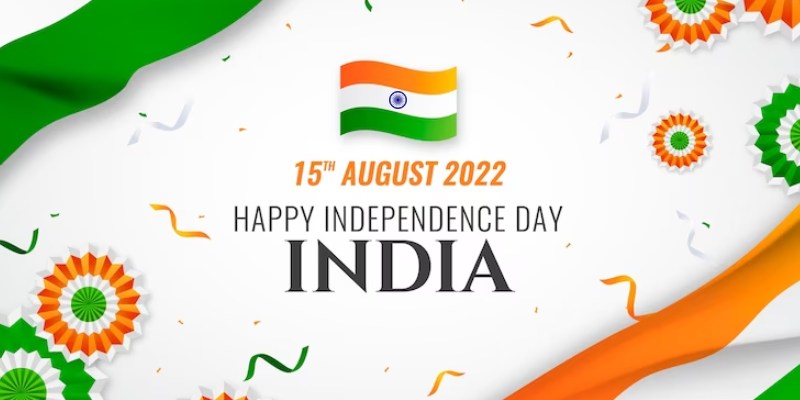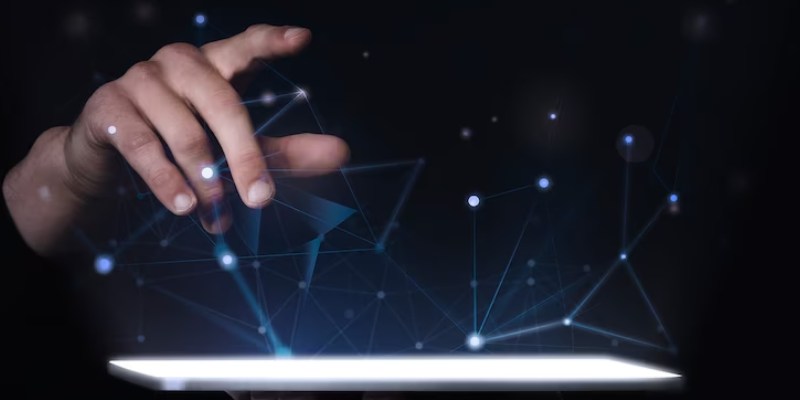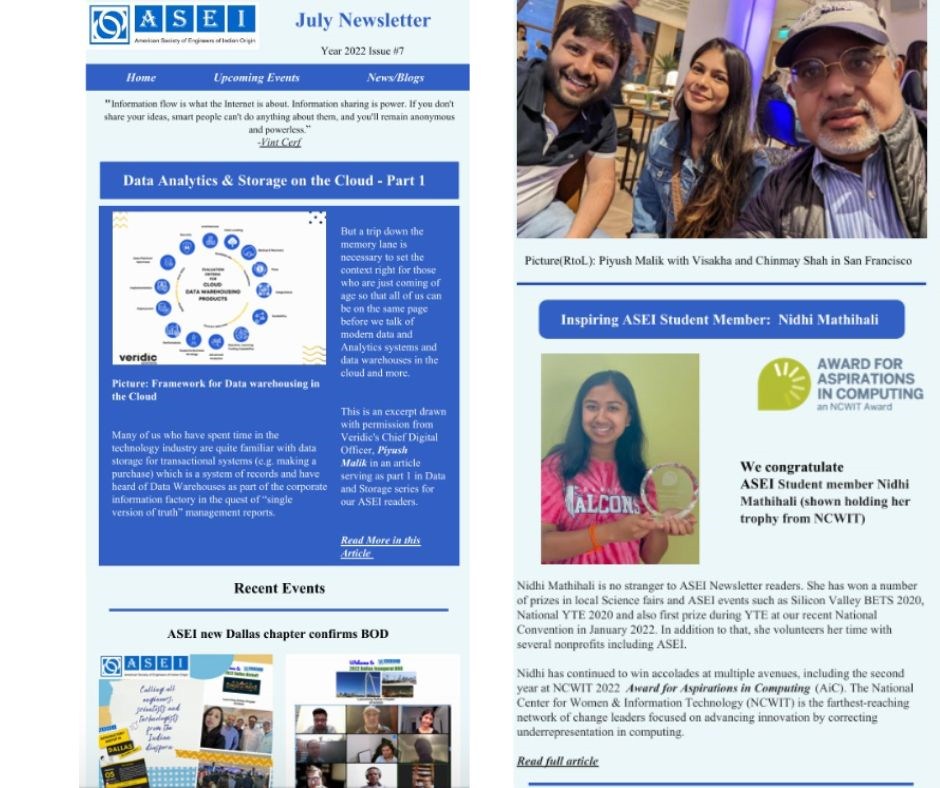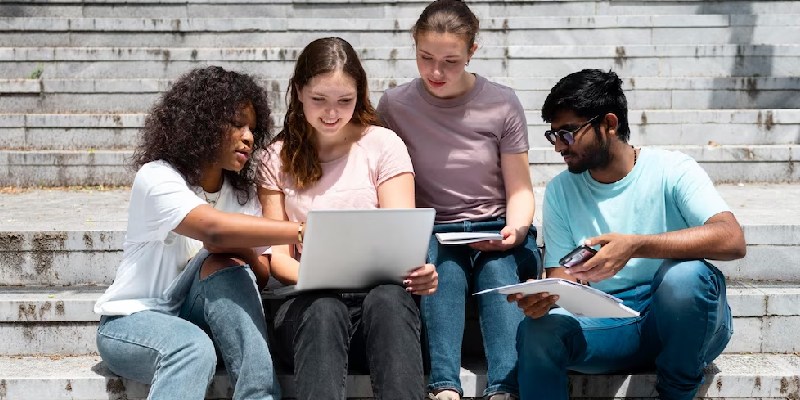Category: NEWS

Happy 75th Independence Day #azadikaamritmahotsav
Celebrating an important milestone today…. 75 years ago on 15th August 1947 India became independent from the British colonial rule.
Since then, the vision, enterprising spirit and innovative ideas along with hard work of over a billion Indians have propelled us to hold our head high in the world as the largest functioning running democracy and significant progress in technology, innovation and self sufficiency.
ASEI (American Society of Engineers of Indian Origin) has stood for not only a safe space for diaspora scientists, engineers and technologists to grow, share knowledge and help develop the next generation, but also strengthening Indo-US technological relations and collaborations since inception.
We greet all our members and well wishers and proud to celebrate the #azadikaamritmahotsav2022 with our Motherland! #jaihind
Originally from south India, after graduating from IIT Delhi, she came to the US for her masters at Cornell. Padma has been a member of Microsoft’s board of directors since December 2015. She is also a board member at Spotify .She was a member of the Gap Inc. board from 2013 to 2016[23] and the Box board from 2014 to 2016.
Apart from numerous commercial accolades and those from ASEI, she was recognized by National Association of Asian American Professionals NAAAP with a Lifetime achievement award NAAAP100 in 2021
In our Engineering Tales Episode 7 last week, Padma spoke with ASEI members and complemented us on continuing to inspire the next generation of technologists amongst the indo-american diaspora. She thanked ASEI for her 2013 Engineer of the Year award. Then she shared pertinent learnings from her career especially embracing change:
“Throughout my career, I have journeyed as an engineer to a technology executive to a CEO, not only changing roles along the way, but also industries—from Motorola to Cisco to Nio, and now Fable.”
As she has embraced change herself along the way, she also observed an evolution of how people learn and interact with one another, which inspired her to think about how we 1) apply technology to bring humanity back to each of us, and 2) make mental wellness through reading a priority.
She further shared the inspiration behind her current venture, as the founder and CEO of Fable – a social reading app platform. She also added that Indian-American Titans of Industry—like Satya Nadella of Microsoft, Sundar Pichai of Alphabet, and Indra Nooyi, former CEO of PepsiCo—curating book recommendations which you can find on Fable.
She invites all ASEI members to read along with her in her own club, or join one of the many other free clubs you can find in the Fable app.
Additionally, she mentioned that they have amazing Career Development Book Clubs, which are designed to help you get to the next professional level, and are reimbursable through your company. In these clubs, you’ll study must-read books, get coaching from world-renowned leaders and authors, and connect with like-minded professionals, all on your schedule. You can learn more about these clubs at fable.co/career-development
In closing, Padma left us with her top 3 pieces of advice to young students or budding engineers and the importance of building networks through organizations like ASEI:
Invest in upskilling and reskilling yourself – (eg making career coaching available through our Career Dev clubs)
- Seek new opportunities – don’t wait for the perfect job to land in your lap
- Growth mindset – be curious and expand your areas of expertise
We are thankful for Padmasree Warrior in continuing to be a friend of ASEI as much as being a role model for not only all women of color but all Asian American Professionals.
Join Padma in your reading journey with her featured club on Fable for free to learn about her career journey as well as leadership tips.

Data Data Everywhere: Question Is Where To Store?

Our ability to receive, store, and recall data has changed tremendously over the last hundred years. Let’s take a walk through time and trace the past, present, and future of data storage. From 1930s-1990s, there has been an evolution of storage devices from magnetic tapes and drums, an early form of computer memory wherein the electromagnetic pulse was stored by changing the magnetic orientation of ferromagnetic particles, to floppy disks, hard drives and flash drives. Hard drives continued to reduce in size and evolved into flash storage drives.
The world is experiencing additional technological revolutions, driven by technologies such as artificial intelligence, machine learning, virtual and augmented reality, quantum computing, and self-driving cars. All of these developments create and require large amounts of very fast data. The present and future lies in modern and dynamic data experience. Customers are facing multiple challenges, including executing ambitious plans for digital transformation. Technology leaders are rejecting excessive system complexity and technical debt that hinder infrastructure modernization efforts. The approach to Ops is changing: DevOps and AIOps are enabling companies to focus on managing their business rather than managing infrastructure. And they’re hiring more developers. CIOs have a mandate to develop cloud initiatives that drive corporate value while addressing application performance bottlenecks. And every business wants to extract more intelligence from their data.
Surbhi Paul serves on the ASEI Silicon Valley Board. She is a technologist with 15+ years of experience in business and technology roles. She has been involved in engineering, product management, product marketing roles at large global companies with multi-billion dollar revenues and multi-stage startups scaling from pre-revenue to $1B+. Currently, as a product marketer, she is leading the GTM of the flagship product at Portworx (Pure Storage). Surbhi has led and helped with community-based projects such as Project Udaan (Art of Living organization – rescuing and uplifting children of sex traffickers in India), teaching Science to under-privileged elementary school kids (Science is Elementary organization). She is also a passionate educator – served as a lecturer in an engineering college in Delhi, India and as a Python programming teacher at The Harker School. Surbhi has earned her Bachelor degree in Computer Sc. Engineering from Punjab Technical University, India and Masters in Computer Sc. and Engineering from San Jose State University.

Did You Not Receive Our July Newsletter On The 1st?
The latest edition of the ASEI newsletter has been sent to all members on July 1st and the online edition is available here. Happy reading and catching up on all that happened in the last month and what lies ahead with your society including the partnerships and internships being offered for students.
ASEI is a volunteer run professional organization and we welcome your involvement. We request feedback and especially welcome any articles, blogs or ideas you would like to contribute. Please be in touch with anyone from the content/editorial team.

In case you are not receiving our emails, please check your spam/junk or promotions folder and change the settings in your mailbox to deliver ASEI emails in your in-box. If you still did not find our newsletter please send an email to [email protected] for us to investigate.

Cybersecurity Is No Longer Optional! – Musings On Protecting The Homeland
Cybersecurity is No Longer Optional! – Musings on ASEI’s Cybersecurity Summit by Syna Sharma
A shocking statistic shown by the ransomware task force was that ransoms in 2020 increased by 171% compared to 2019, due to COVID exposure and the ransomware epidemic. 560 healthcare facilities were hit by ransomware. That is an appalling number, which led to Aastha’s final piece of advice, “Know where your software comes from and participate and learn about these topics,” because cybersecurity is not a choice.
****
Syna Sharma is a San Jose, CA based rising high school freshman spending her summer time productively by interning and getting involved with ASEI activities. She participates in volleyball, tennis, and different forms of dances.

Nidhi Mathihali Wins NCWIT Award For Aspirations In Computing

Sustainability Leadership Through Technology And Innovation
In the universe are billions of galaxies,
In our galaxy are billions of planets,
But there is #OnlyOneEarth.
Let’s take care of it.
Led by the United Nations Environment Program (UNEP) and held annually on 5 June since 1973, World Environment Day is the largest global platform for environmental public outreach and is celebrated by millions of people across the world.
ASEI Celebrated #worldenvironmentday2022 with a recommitment to #sustainable #technology #innovations . Many of you may recall our earth day events, sustainability and energy talks in Michigan and So cal as well as STI2022 – the theme for our 34th National Convention that was hosted by Silicon Valley chapter on Jan 15/16, 2022 .


Achieving Sustainability Through Technology and Innovation
Syna Sharma is a San Jose, CA based rising high school junior spending her summer time productively by interning and getting involved with ASEI activities.

Science, Technology And Engineering Innovations – 2021 In Review
Our pick of top 5 advances this year to highlight for our readers :
1. AI/ML : Artificial Intelligence solves problems using neural networks which are based on partial differential equations that are hard to solve. Two new neural networks – DeepONet and Fourier neural operators make this easier.
2. Spacetech : As we watch James Webb Space Telescope launched in space it is rewriting cosmic history.
3. QuantumComputing : Google, using a quantum computer, created a time crystal that would flip back and forth between two distinct states forever, with no energy lost or gained. This violates the second law of thermodynamics
4. Neuroengineering : Rethinking how the brain works: there is not a right brain/left brain distinction anymore. It seems both halves are actually connected.
5. Cleantech : Green Steel plants that emit less than 2% of carbon dioxide emissions as compared to 7-9%.
Additionally, please enjoy our curated list of more interesting links to explore advances in science and engineering further and deeper:
Article by Amrish Chopra – Life member from ASEI SiliconValley . Amrish is a Senior R&D manager with VMWARE and has over 25 years of experience in high tech industry
He has been a founding member of the ASEI News and Editorial team that brings out regular blogs and publications

To Infinity And Beyond
Over 25 years in the making through a joint effort lead by NASA – National Aeronautics and Space Administration along with contributions from the European Space Agency – ESA and the Canadian Space Agency | Agence spatiale canadienne, this new telescope is designed to see farther in space and, therefore, further back in time than any other telescope including the Hubble Space Telescope. The JWST primary light gathering mirror is 21 feet across, about three times bigger than Hubble, and seven times more sensitive.
In a sense, the JWST is a time-traveling machine that can see what happened in the universe in the distant past. Dr. Kevin Hainline, an astronomer on the JWST NIRCam science team has given a number of lectures on the project including kid friendly version here that many of you may enjoy as well. On the NASA website, we can track the JWST as it makes its way to be deployed in space near the Sun–Earth L2 Lagrange point, about 1.5 million kilometers (930,000 mi) from Earth – about 3.9 times further from us than the moon. As we wait to be “wowed” by what we learn and even more so by what we can accomplish when we put our best minds to tackle what seems impossible.
At ASEI, we celebrate the role of women in STEM and encourage DEI in workplace so it is quite heartening to note that two out of four lead researches of the four most complex instruments (MIRI, NIRCAM, NIRSpec and NRISS) on JWST are women; Marcia Rieke, astronomy professor at the University of Arizona who worked on designing the Near Infrared Camera (NIRCam) and Gillian Wright, Director of the UK Astronomy Technology Center in Edinburgh, who worked on the Mid-Infrared Instrument (MIRI).
As the world is captivated with recent advances in Aeropace – be it improving life on earth through exponentially efficient and economical space travel and exploration technologies or space tourism or the possibility of colonizing Moon and Mars, ASEI is bringing some of our Aerospace experts together to conduct a one of kind event – the Aerospace Symposium for everyone. This will be the first event as part of our 34th National Convention on Jan 15th&16th , 2022 . Register now and mark your calendar. Don’t miss it!
Post by Piyush Malik, President ASEI
If you are looking to know more about the Aerospace symposium and opportunities to sponsor, feel free to reach out to Piyush or either of the Aerospace Symposium Chairs Dr Shreekant Agrawal and Dr Ajay Kothari

Calling All High School And University Students For YTE
YTE Application Deadline is now Dec 31st, 2021 See details and Apply today


